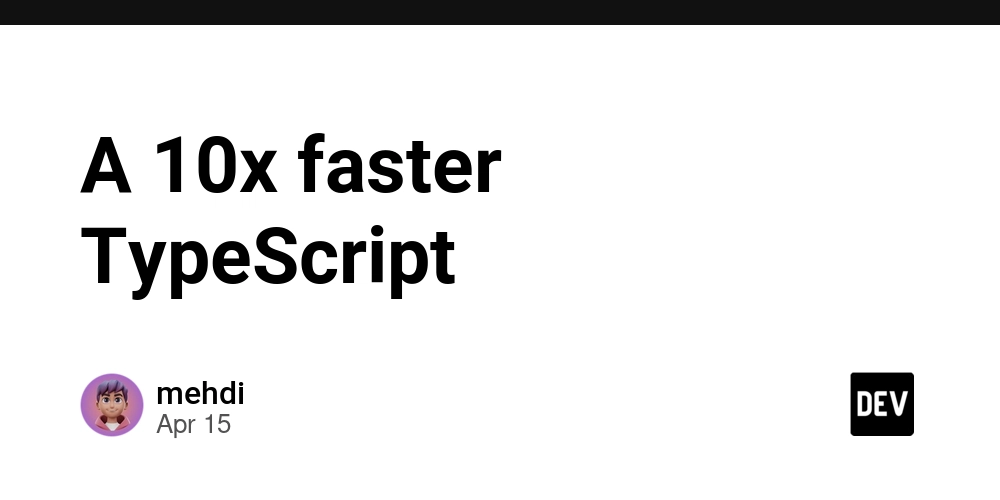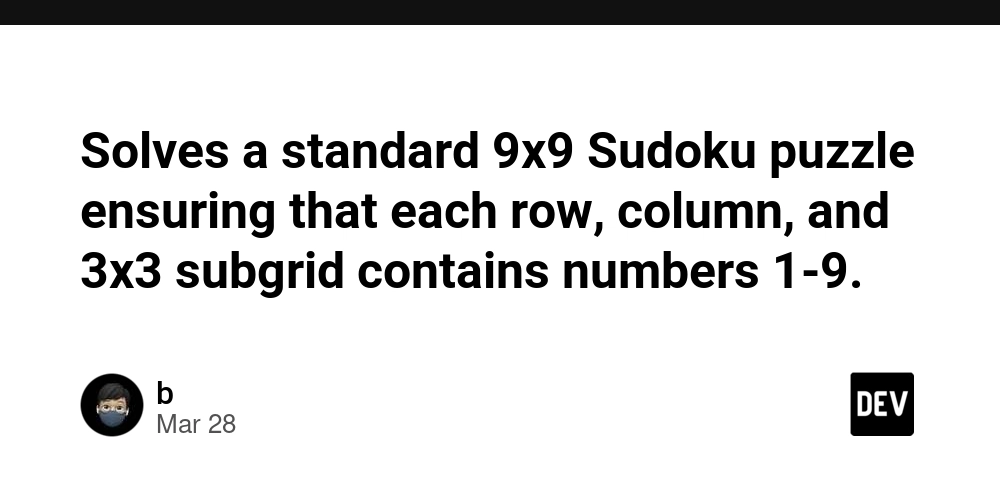The Giving-Resilience Balance: Beyond Givers and Takers
In today's workplace, we need both a culture of contribution and the personal strength to thrive independently. Recently, I read Adam Grant's "Give and Take." His framework of givers, takers, and matchers gave really great insight into professional and community interactions. As I reflected on my own experiences, I thought that we might be creating systems that unintentionally cultivate dependency rather than balanced reciprocity. Grant's research shows that givers often succeed in the long run, but only when they give strategically. What does a balanced approach looks like, then? Beyond Binary Thinking The conversation around giving and taking often falls into an oversimplified binary: selfless contributors versus selfish extractors. Although this might be helpful in understanding, we all know that reality is more complex. As we examine the complexity, some of the things we need to consider are: Context - When is giving appropriate versus when is self-reliance necessary? Skill development - How do we build both generosity and resilience simultaneously? Systems design - How can organizations encourage healthy giving without creating dependency? The Support-Resilience Matrix We often think about professional development along two axes: Low Resilience High Resilience Low Support Struggle Zone Rugged Individualism High Support Dependency Zone Thriving Zone The best results happen in the “Thriving Zone,” where people have support when they need it and the confidence to stand on their own when they don’t. Cultivating Balanced Contributors To develop professionals or community members who thrive in this balanced space, we need approaches that: Teach effective help-seeking The ability to ask for appropriate support rather than expecting or demanding it. For example, a junior developer should learn to ask targeted questions after attempting a solution, instead of waiting passively, demanding immediate answers, or asking general questions. Why it matters: This builds confidence, respect among peers, and a culture of learning and independence. Build progressive challenges Gradually decreasing direct support as competence grows. For example, a new team member may start with detailed tickets and then gradually move to leading small features or mentoring others. Why it matters: Team members can grow without being overwhelmed, with support being scaled back as skills improve. That also allows the support team to budget their time. Recognize strategic giving Understanding when and how to contribute without burning out. This is especially useful in situations where more senior team members also act as mentors. For example, a senior engineer may avoid burnout by blocking out time weekly for mentorship and not compromising by going over or outside that time. Why it matters: Contributions are more likely to be sustainable and impactful. This is key to avoid exhaustion or resentment. Develop reciprocity intelligence The awareness of give-take dynamics and how to navigate them strategically. For example, if a team member notices they’ve been receiving more help than giving, they could initiate a peer support circle to balance the dynamic or look at new team/community members and offer to support them. Why it matters: Being aware of giving and receiving patterns helps build trust, equity, and stronger team relationships over time. In my experience building community and being on teams, the most impactful contributors weren’t necessarily “natural givers.” What set them apart was a thoughtful, strategic approach to contribution. They navigated the balance between support and self-reliance with intention. Reimagining Professional Development Having a balanced perspective, we need to reimagine how we approach professional development: Mentorship programs should gradually transition from high-support to high-autonomy. This requires a deliberate development of mentorship, expectation setting, and growth monitoring. The goal should be to equip mentees to eventually lead, support others, and navigate challenges on their own. Feedback systems that acknowledge contribution while encouraging independence. For example, instead of only praising helpfulness, celebrate moments when someone solved a complex issue independently or helped others develop their own solutions. This helps shift the focus from being the hero to building group resilience and problem-solving abilities. Team structures that rotate giving and receiving roles. No one should always be the helper or the one receiving support. When everyone has the opportunity to contribute and to learn, we encourage empathy, shared responsibility, and prevent burnout or stagnation. It's worth noting that everyone has different strengths, so considering each person's individual strengths may impact how you rotate roles or what roles people take on. Cultural no
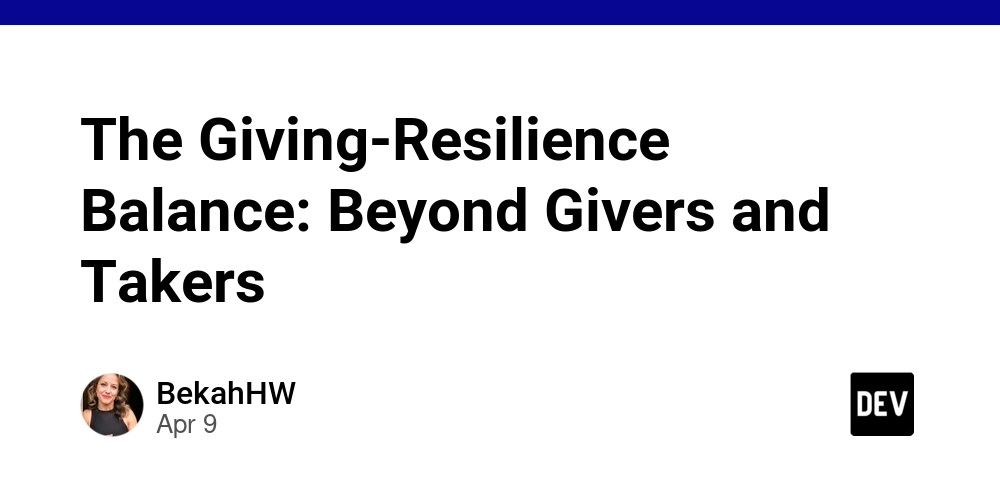
In today's workplace, we need both a culture of contribution and the personal strength to thrive independently.
Recently, I read Adam Grant's "Give and Take." His framework of givers, takers, and matchers gave really great insight into professional and community interactions. As I reflected on my own experiences, I thought that we might be creating systems that unintentionally cultivate dependency rather than balanced reciprocity.
Grant's research shows that givers often succeed in the long run, but only when they give strategically. What does a balanced approach looks like, then?
Beyond Binary Thinking
The conversation around giving and taking often falls into an oversimplified binary: selfless contributors versus selfish extractors. Although this might be helpful in understanding, we all know that reality is more complex.
As we examine the complexity, some of the things we need to consider are:
- Context - When is giving appropriate versus when is self-reliance necessary?
- Skill development - How do we build both generosity and resilience simultaneously?
- Systems design - How can organizations encourage healthy giving without creating dependency?
The Support-Resilience Matrix
We often think about professional development along two axes:
| Low Resilience | High Resilience | |
|---|---|---|
| Low Support | Struggle Zone | Rugged Individualism |
| High Support | Dependency Zone | Thriving Zone |
The best results happen in the “Thriving Zone,” where people have support when they need it and the confidence to stand on their own when they don’t.
Cultivating Balanced Contributors
To develop professionals or community members who thrive in this balanced space, we need approaches that:
Teach effective help-seeking
The ability to ask for appropriate support rather than expecting or demanding it. For example, a junior developer should learn to ask targeted questions after attempting a solution, instead of waiting passively, demanding immediate answers, or asking general questions.
Why it matters: This builds confidence, respect among peers, and a culture of learning and independence.
Build progressive challenges
Gradually decreasing direct support as competence grows. For example, a new team member may start with detailed tickets and then gradually move to leading small features or mentoring others.
Why it matters: Team members can grow without being overwhelmed, with support being scaled back as skills improve. That also allows the support team to budget their time.
Recognize strategic giving
Understanding when and how to contribute without burning out. This is especially useful in situations where more senior team members also act as mentors. For example, a senior engineer may avoid burnout by blocking out time weekly for mentorship and not compromising by going over or outside that time.
Why it matters: Contributions are more likely to be sustainable and impactful. This is key to avoid exhaustion or resentment.
Develop reciprocity intelligence
The awareness of give-take dynamics and how to navigate them strategically. For example, if a team member notices they’ve been receiving more help than giving, they could initiate a peer support circle to balance the dynamic or look at new team/community members and offer to support them.
Why it matters: Being aware of giving and receiving patterns helps build trust, equity, and stronger team relationships over time.
In my experience building community and being on teams, the most impactful contributors weren’t necessarily “natural givers.” What set them apart was a thoughtful, strategic approach to contribution. They navigated the balance between support and self-reliance with intention.
Reimagining Professional Development
Having a balanced perspective, we need to reimagine how we approach professional development:
- Mentorship programs should gradually transition from high-support to high-autonomy. This requires a deliberate development of mentorship, expectation setting, and growth monitoring. The goal should be to equip mentees to eventually lead, support others, and navigate challenges on their own.
- Feedback systems that acknowledge contribution while encouraging independence. For example, instead of only praising helpfulness, celebrate moments when someone solved a complex issue independently or helped others develop their own solutions. This helps shift the focus from being the hero to building group resilience and problem-solving abilities.
- Team structures that rotate giving and receiving roles. No one should always be the helper or the one receiving support. When everyone has the opportunity to contribute and to learn, we encourage empathy, shared responsibility, and prevent burnout or stagnation. It's worth noting that everyone has different strengths, so considering each person's individual strengths may impact how you rotate roles or what roles people take on.
- Cultural norms that celebrate both generosity and self-reliance. Leaders set the tone for the whole company, which means when they model healthy boundaries, thoughtful help-seeking, and strategic support, it gives permission for others to do the same. This top-down modeling is necessary for making balance a norm rather than an exception.
Moving Forward
Neither pure self-reliance nor complete dependency serves us well.
By cultivating both giving cultures and personal resilience, we create the conditions for sustainable success—for individuals, teams, and organizations.
This is the first in a series exploring the balance between support and resilience in modern professional environments. Next week, I'll dive deeper into practical strategies for developing "reciprocity intelligence" in yourself and your team.




























![[Webinar] AI Is Already Inside Your SaaS Stack — Learn How to Prevent the Next Silent Breach](https://blogger.googleusercontent.com/img/b/R29vZ2xl/AVvXsEiOWn65wd33dg2uO99NrtKbpYLfcepwOLidQDMls0HXKlA91k6HURluRA4WXgJRAZldEe1VReMQZyyYt1PgnoAn5JPpILsWlXIzmrBSs_TBoyPwO7hZrWouBg2-O3mdeoeSGY-l9_bsZB7vbpKjTSvG93zNytjxgTaMPqo9iq9Z5pGa05CJOs9uXpwHFT4/s1600/ai-cyber.jpg?#)














































































































































![[The AI Show Episode 144]: ChatGPT’s New Memory, Shopify CEO’s Leaked “AI First” Memo, Google Cloud Next Releases, o3 and o4-mini Coming Soon & Llama 4’s Rocky Launch](https://www.marketingaiinstitute.com/hubfs/ep%20144%20cover.png)















































































































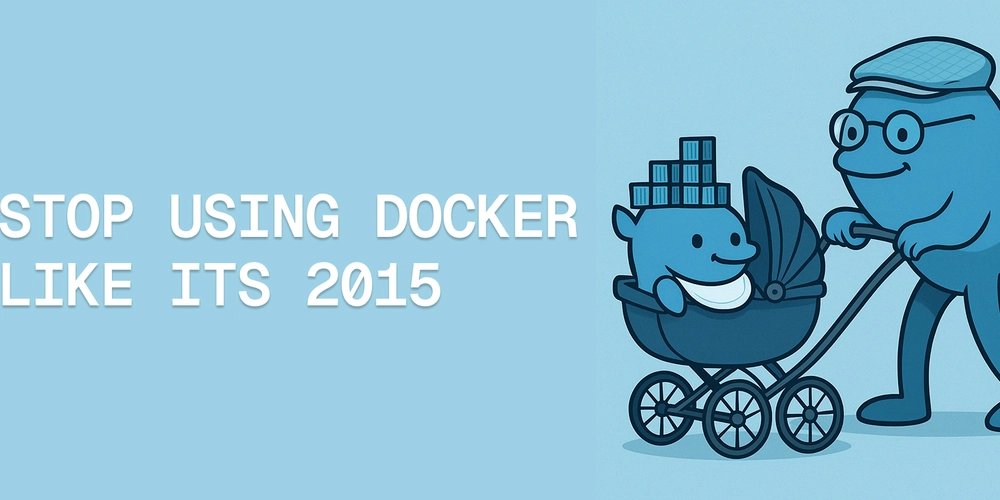

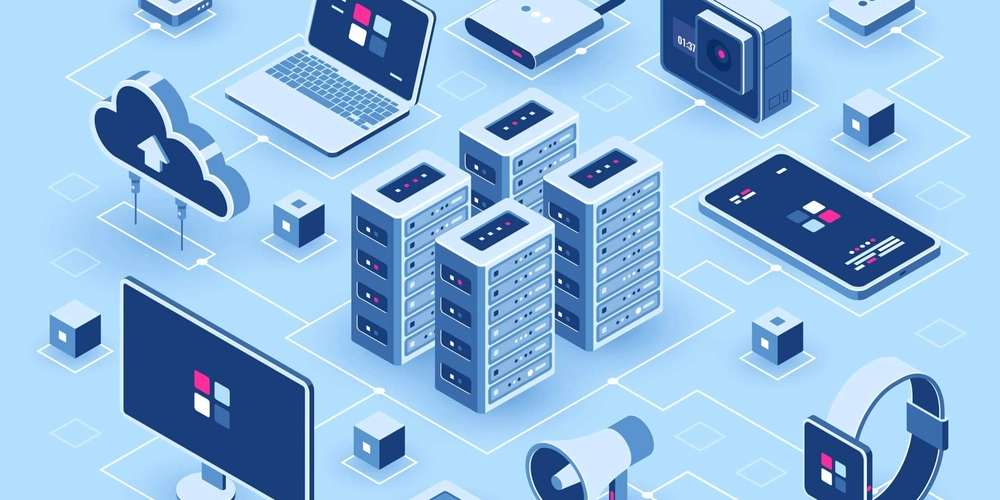


















































































![Rogue Company Elite tier list of best characters [April 2025]](https://media.pocketgamer.com/artwork/na-33136-1657102075/rogue-company-ios-android-tier-cover.jpg?#)








































































_Andreas_Prott_Alamy.jpg?width=1280&auto=webp&quality=80&disable=upscale#)




























































































![What’s new in Android’s April 2025 Google System Updates [U: 4/18]](https://i0.wp.com/9to5google.com/wp-content/uploads/sites/4/2025/01/google-play-services-3.jpg?resize=1200%2C628&quality=82&strip=all&ssl=1)










![Apple Watch Series 10 Back On Sale for $299! [Lowest Price Ever]](https://www.iclarified.com/images/news/96657/96657/96657-640.jpg)
![EU Postpones Apple App Store Fines Amid Tariff Negotiations [Report]](https://www.iclarified.com/images/news/97068/97068/97068-640.jpg)
![Apple Slips to Fifth in China's Smartphone Market with 9% Decline [Report]](https://www.iclarified.com/images/news/97065/97065/97065-640.jpg)

































































































































